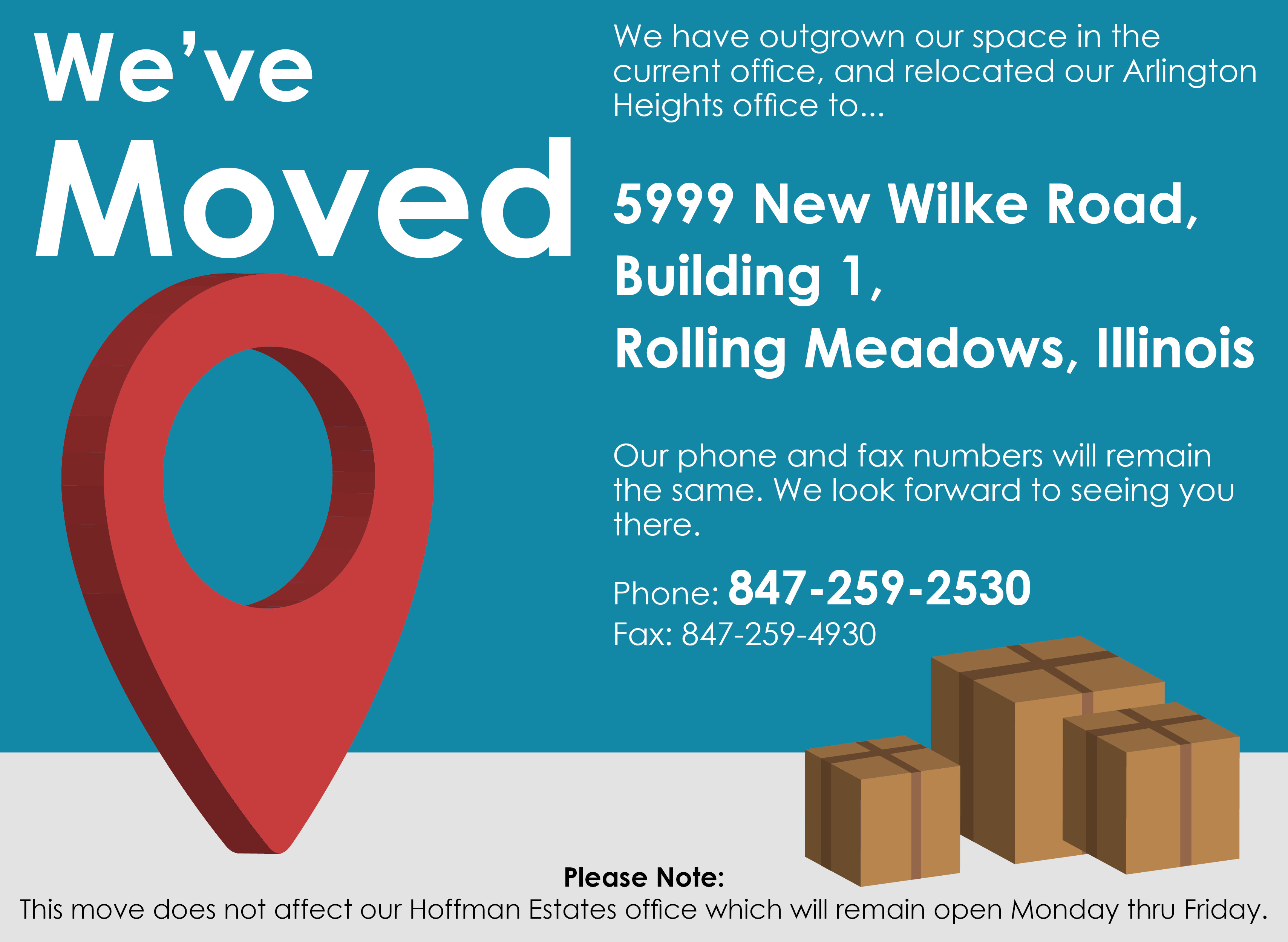SLEEP-DISORDERED BREATHING
Throughout our lives, we spend about 30% of our time sleeping. There are many disorders that lead to poor sleep quality. Patients often get referred to an Otolaryngologist (ear, nose, and throat specialist) for management of their sleep disorder.
Sleep-disordered breathing is broadly defined as an interruption in the quality of your sleep due to a problem in the upper airway. The components of the upper airway are the nose, throat, and larynx (voice box). Problems with the anatomy of the upper airway include: a deviated nasal septum, nasal congestion, tonsil and/or adenoid enlargement.
Sleep-disordered breathing occurs in both children and adults. It runs the spectrum from chronic mouth breathing to socially annoying snoring to potentially life-threatening obstructive sleep apnea syndrome (OSAS).
Sleep-disordered breathing is usually treated in a team approach involving ENT, primary care, sleep medicine, pulmonology, and even cardiology. The diagnosis is usually made with a thorough history and physical examination, followed by a polysomnogram (sleep study). Often, surgical correction of the upper airway is an option. In children, removal of the tonsils and adenoids usually cures obstructive sleep apnea. If symptoms are mostly mouth breathing without documented sleep apnea, sometimes only an adenoidectomy is performed. There are other more involved surgical procedures for adults with sleep apnea. Depending on your circumstances, non-surgical treatment such as continuous positive airway pressure (CPAP) or a custom made oral appliance may be more appropriate.
